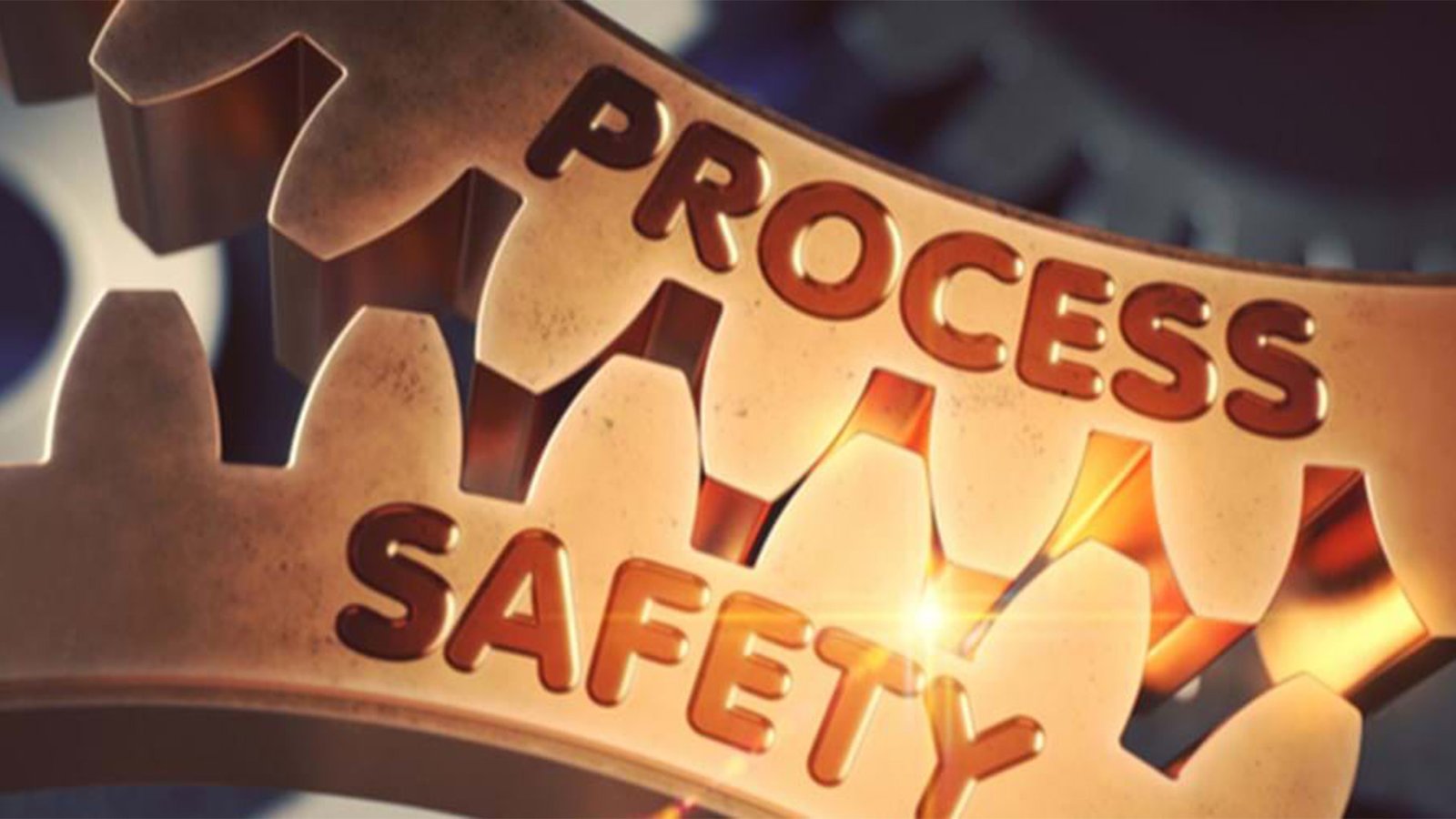
Process Safety is about prevention and mitigation of incidents (such as fire or explosion) that result from unintentional release of energy or hazardous substances contained in the process assets we operate.
Process Safety management is based on four principles:
1. Committing to process safety
2. Understanding process hazards and risk
3. Managing process risk to ALARP
4. Learning from experience.
These principles are applicable to all phases of the Life cycle of the project.
Process Safety is developing and sustaining a culture of identifying, understanding and complying with codes, standards, regulations, and laws; establishing and continually enhancing organizational competence; and engaging all including employees, contractors, and neighbors.
To understand hazards and risk, the focus is on collecting, documenting, and maintaining process safety knowledge in various documents like PFD, P&D, Cause & Effect Diagram, Process Description; and conducting hazard identification and risk analysis studies such as HAZID, HAZOP, LOPA, QRA, Bow Tie. These areas are relevant in design and engineering as well as later in operation.
The management of process safety risk is made up of many elements.
Design stage :-
Defining the project specific HSE target through Project HSE Plan in all stages of project life cycle
Lesson learned from incidents by investigating major hazards/process safety incidents and implementing the lessons in design stage
Inherent safety design can be achieved by following Corporate/National/Internation standards, guidelines during the design and application of Process Safety studies / risk assessment tools like Hazop, Hazid, LOPA, SIL etc to reduse the risk to ALARP.
ALARP demonstration to ensure compliance
Conducting the PHSER (Project HSE Review )
Installation & Commissioning Stage :-
To execute work activities to ensure that equipment is fabricated and installed in accordance with specifications;
The fabricated equipment is maintained and inspected so that it remains fit for service over its entire life cycle.
To Manage contractors to ensure that contractors are not exposed to unrecognized hazards or undertake activities that present unknown or intolerable risk;
To providing training to achieve /maintain desired safety standard throughout the Installation & commissioning activities
To ensure all the changes are subject to Management of Changes
Operation Stage :-
Operating in accordance with plant start up and shut down procedures;
Following the Permit to Work system and associated safe systems of work;
Operating within design envelopes; conducting operations activities in accordance
Recognized good practice;
Signing Statements of Fitness before starting up operations;
Maintaining emergency preparedness.
Ensuring the compliance of Management of Change
The hierarchy of good engineering principles is as below
Hazards can be reduced by engineering principles,
1. Elimination
2. Substitution
3. Engineering Controls
4. Administrative Controls
5. Personal Protection
HSE-RMS Process Safety Studies list is as below,
- Hazard and Operability Study (HAZOP)
- Safety integrity level (SIL)
- Layer of Protection Analysis (LOPA)
- Hazard Identification (HAZID)
- Environmental Identification (ENVID)
- Occupational Health Identification (OHID)
- Quantitative Occupational Health Risk Assessment (OHRA)
- Quantitative Risk Assessment (QRA)
- F and G Mapping
- Building Risk Assessment
- Hazard Analysis (HAZAN)
- Hazards Area Classification (HAC)
- Hazard and Effect Register
- HSE Plan
- HSSE PHILOSOPHY
- Fire and Gas Philosophy (F&G)
- Bow-Tie Analysis
- Control of major accident hazards (COMAH)
- What if
- ALARP Demostraion Report
- HSE Design Case
- Health, Safety, Environmental Critical Equipment Systems (HSECES)
- Performance Standards
- Simultaneous Operations (SIMPOS)
- Manual of Permitted Operations (MOPO)
- Project HSE Review (PHSER)
- Emergency Action Plan (EMP/ERP/EAP)
- Emergency Response and Disaster Management Plan (ERDMP)
- Fire Proofing Requirement and Qualitative Assessment (FPR)
- Emergency Escape Route Layout
- Safety Signages
- Life Safety Requirement
- Identification of Assembly Points
- Sprinkler System Design
- Fire Water system design (FWSD)
- Fire Risk Assessment (FRA)
- Failure Mode and Effect Analysis (FMEA)